- 25 Posts
- 21 Comments
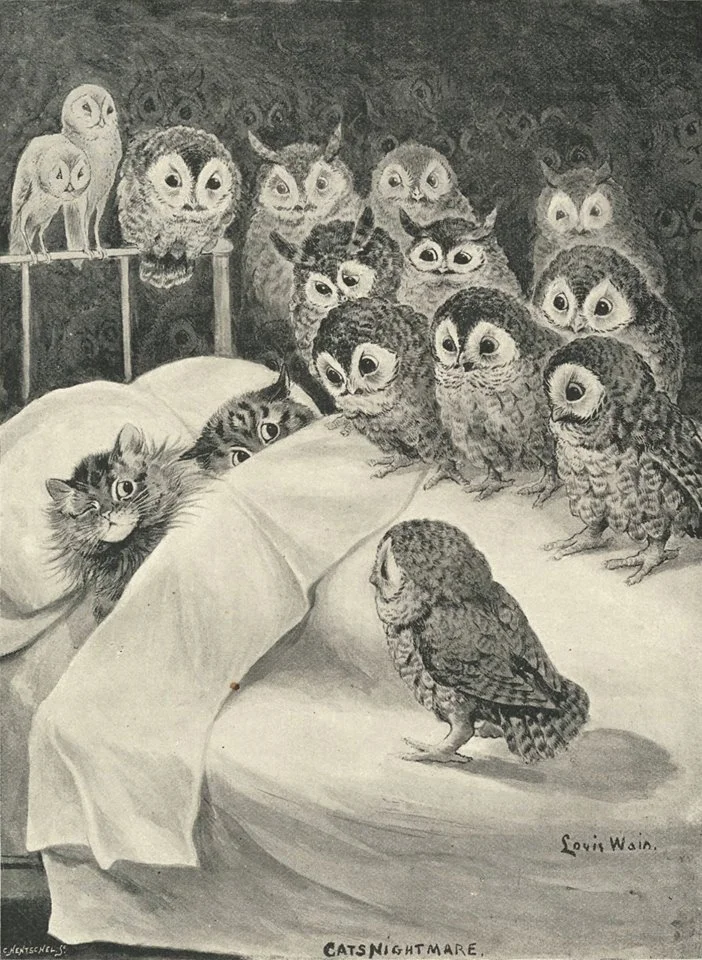
 8·9 days ago
8·9 days agoI grew up on concrete with streets peppered by exotic callery pear and feral pigeons. It wasn’t until a friend moved to a neighborhood with big yards (for the city, anyway) that I saw cardinals, bluejays, cottontails, foxes, and nights lit up by fireflies.
I live close to that neighborhood now and the streets here are lined with willow oak, black cherry, and sycamore. So many woodland creatures and cool bugs, some of which are recorded on iNat.
But go a mile south to a redlined neighborhood and the canopy is sparse to none. The streets are lined with empty tree wells, usually sloppily paved over. Some years ago, the police installed bright white spotlights and surveillance cameras. Absolutely brutal stuff.

 2·11 days ago
2·11 days agoPlaces like Maryland did away with that nonsense. It is possible if neighbors are willing to come together and fight for it.
You’ve convinced me 👩🌾 the bees were all over them so there’s dozens of future fruits growing. I think these are at least two different species/hybrids given the variance in flower form and coloration. I’ll be neat if they taste different, too!
The pads are what I really want to try… the new growth looked so yummy lol. I read they taste like a mix of green beans and okra. Sounds delish.

 3·19 days ago
3·19 days agoWatching them flutter around the milkweed, over to my neighbor’s flowers, across the street and back again was beautiful. It was amazing to see one in person. They’re much larger than I imagined and very graceful.

Closing a herbarium during the sixth mass extinction 🤡
Update! Today’s blooms:
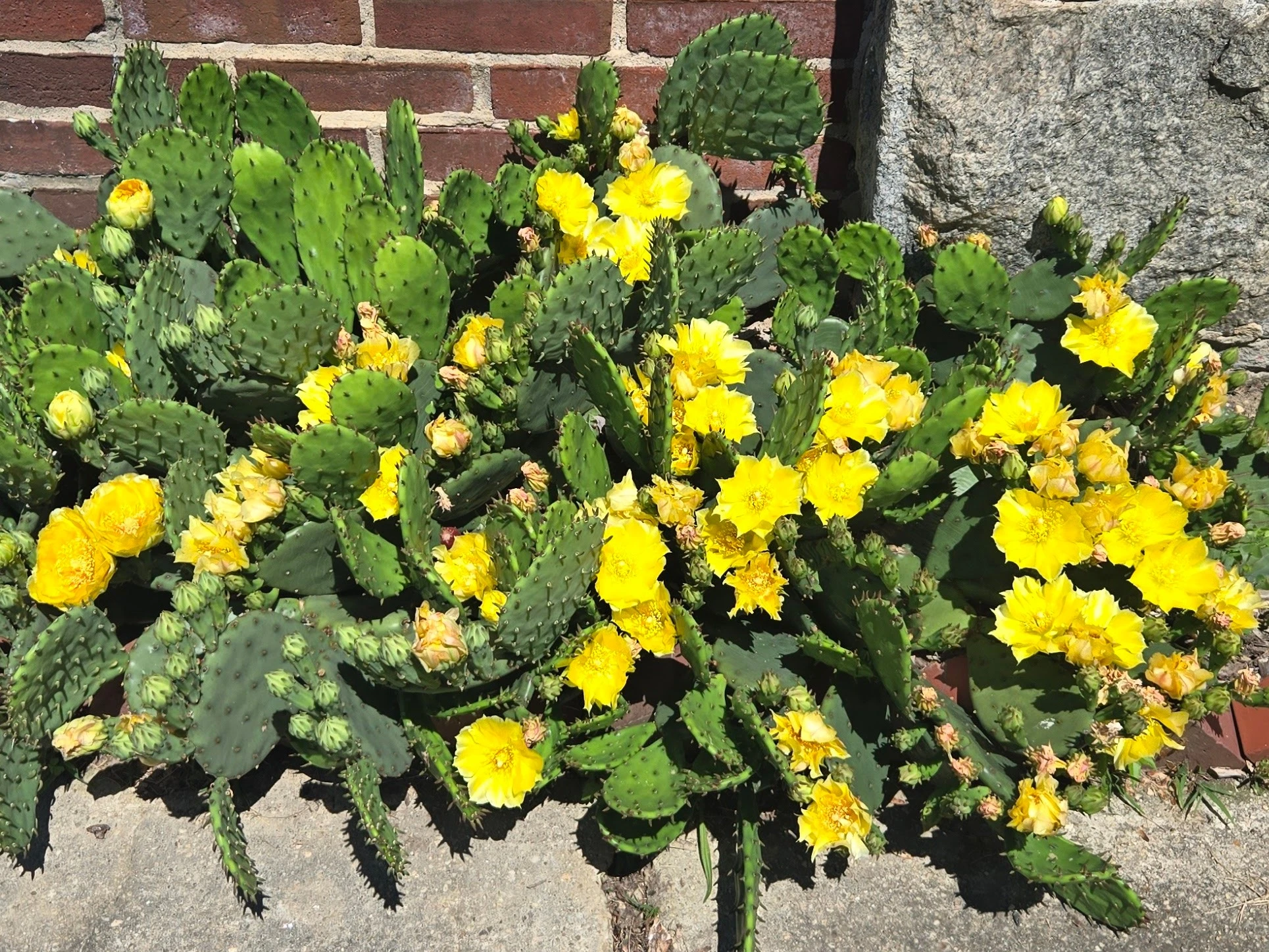
All of my neighbors have grass on these narrow strips, maybe these cheery yellows will inspire them to plant some flowers instead.

 3·1 month ago
3·1 month agoWhen I was a kid, I was like the creator, what a cool sci-fi movie! As an adult, I realize Starship Troopers, along with Trading Places and Little Shop of Horrors, heavily shaped my politics 😂

 3·1 month ago
3·1 month agoI felt that too, especially the manner in which he poked fun at their contradictions. It comes off as dismissive, but I don’t think this is actually the case.
Based on an interview I watched of Citarella, he seeks to understand the teens and their motivations, telling their stories with compassion. Citarella also stated that the right is taking this phenomenon seriously (and using it as a pipeline), so the left should as well.

 2·1 month ago
2·1 month agoIf you’re referring to the abstract, unfortunately that’s how they’re normally written.
I want to, but I’m too nervous about removing the glochids myself 😅 so not yet. Those fuzzy orange spots on the pads are no joke.

 6·3 months ago
6·3 months agoHail Seitan!

 5·3 months ago
5·3 months agoI never took care of the lawn other than mowing it, so much of this stuff was already here in small amounts. Two years ago, I started dividing up the violets and planting them into the grass. They launch seeds up to 4 feet so they quickly spread, clump and bully the grass. Ants move the seeds around too. Last year, I started dividing and transplanting the nimblewill. Panicled aster and late boneset volunteered which pushed out some more.
There’s still plenty of grass closer to my neighbor who treats their lawn. Some I buried in woodchips, the rest I’d like to shade out with edibles and dig out for another rain garden.
If nobody got me, I know Chesapeake Bay Watershed got me 🙏 Can I get an amen?

 4·5 months ago
4·5 months agoThey’re looking for ecoregion photos if you’re into photography!
If you want to learn more about your local plants and animals, I recommend iNaturalist or their Seek app.

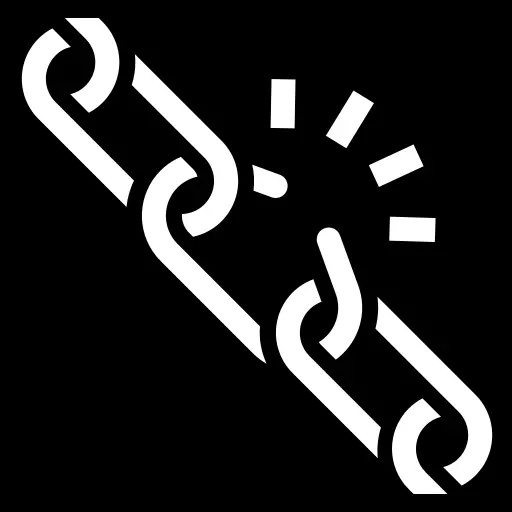 5·5 months ago
5·5 months agoThe staff members that are assigned incarcerated workers often appear to act as if the humanity of these workers begins and ends with their labor. Once, an educator I worked for entered a hallway full of residents and said, “My God, I just wish I could load you all up in a bus and take you to my house.” Everyone smiled, some cheered until she continued: “I need so much work done in my yard. Y’all could fix it right up.”
Having worked in social services, dehumanizing clients was not an uncommon practice. My former clients were not incarcerated but seniors in low income housing. The mentality was the same, like something had to be inherently wrong in a person to end up on the other side of the desk.
Thank you for sharing. After reading, I found a local group working on food justice and prison abolition.
Carol J Adams - The Absent Referent
In The Sexual Politics of Meat, I took a literary concept, “the absent referent,” and politicized it by applying it to the overlapping oppressions of women and animals. I explained it this way:
“Behind every meal of meat is an absence: the death of the animal whose place the meat takes. The absent referent is that which separates the meat eater from the animal and the animal from the end product. The function of the absent referent is to keep our ‘meat’ separated from any idea that she or he was once an animal, to keep the ‘moo;’ or ‘cluck’ or ‘baa’ away from the meat, to keep something from being seen as having been someone. Once the existence of meat is disconnected from the existence of an animal who was killed to become that ‘meat,’ meat becomes unanchored by its original referent (the animal), becoming instead a free-floating image, used often to reflect women’s status as well as animals’. Animals are the absent referents in the act of meat eating; they also become the absent referent in images of women butchered, fragmented, or consumable.”
“There are actually three ways by which animals become absent referents. One is literally: as I have just argued, through meat eating they are literally absent because they are dead. Another is definitional: when we eat animals we change the way we talk about them, for instance, we no longer talk about baby animals but about veal or lamb. As we will see even more clearly in the next chapter, which examines language about eating animals, the word meat has an absent referent, the dead animals. The third way is metaphorical. Animals become metaphors for describing people’s experiences. In this metaphorical sense, the meaning of the absent referent derives from its application or reference to something else.”

The above map doesn’t include fishing, it’s showing land use. This shows fishing:

Here is another one about land animals:



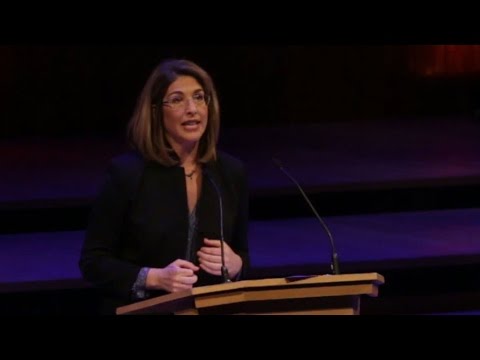

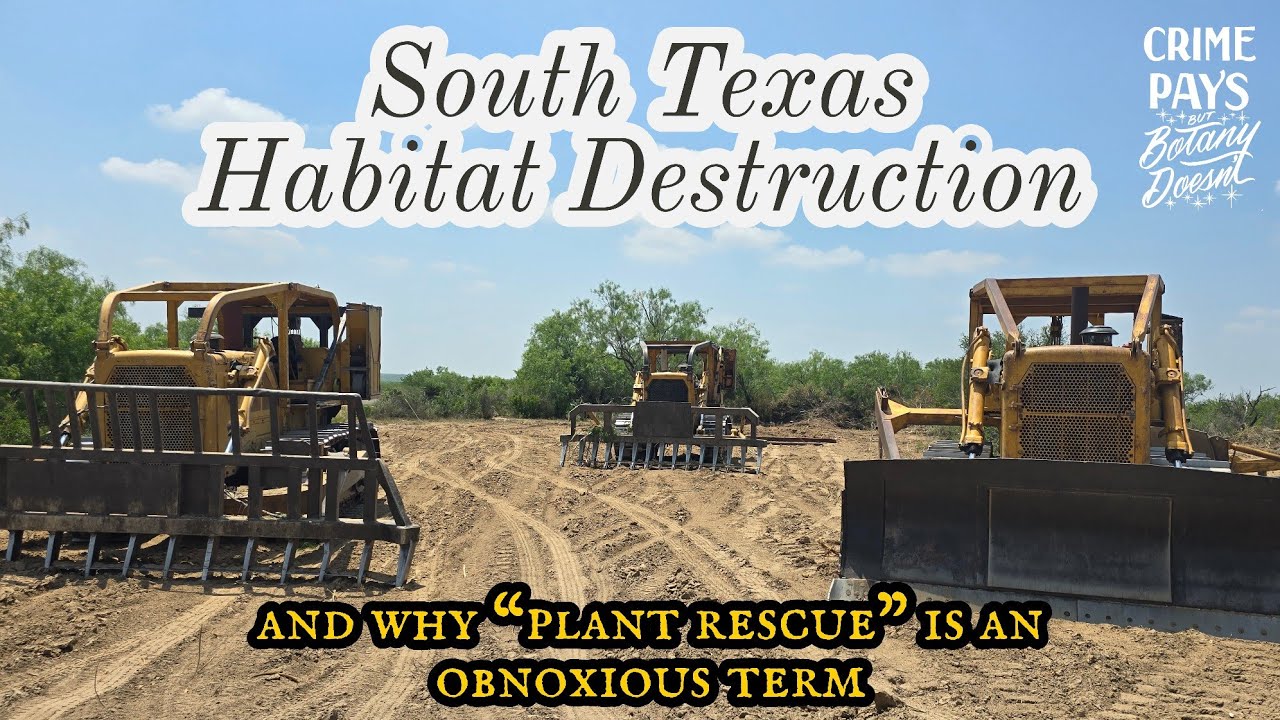
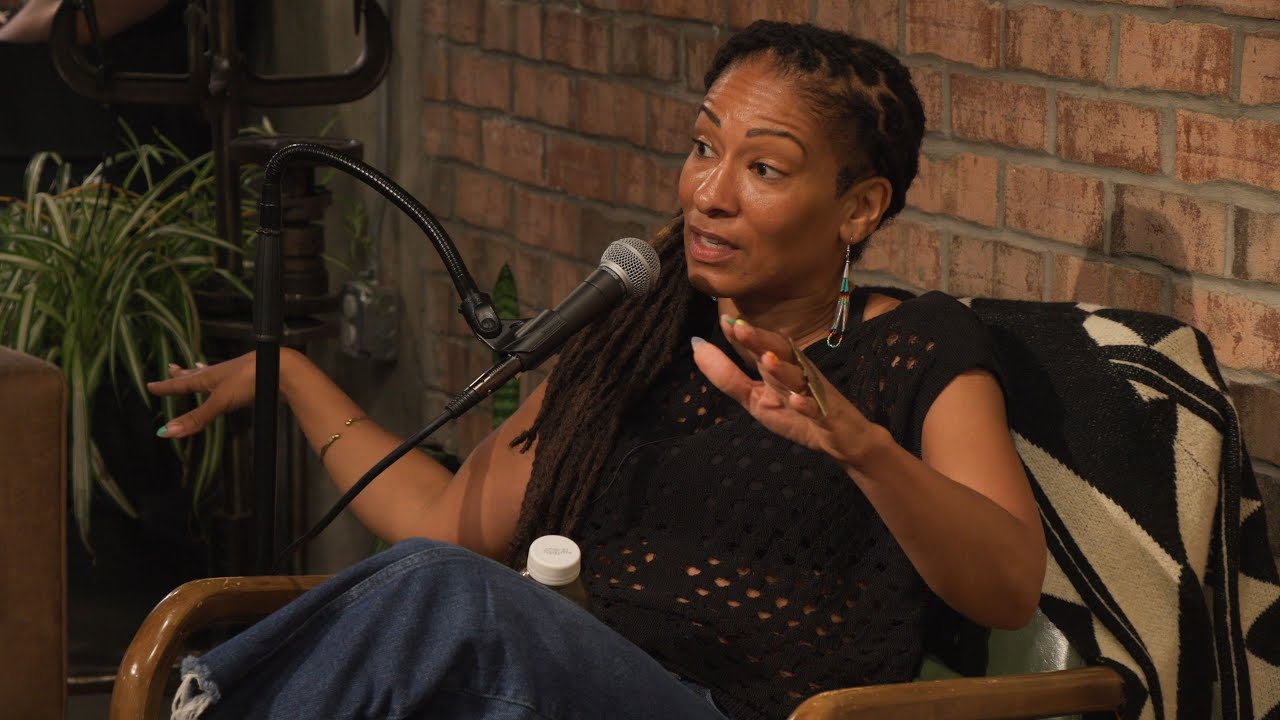

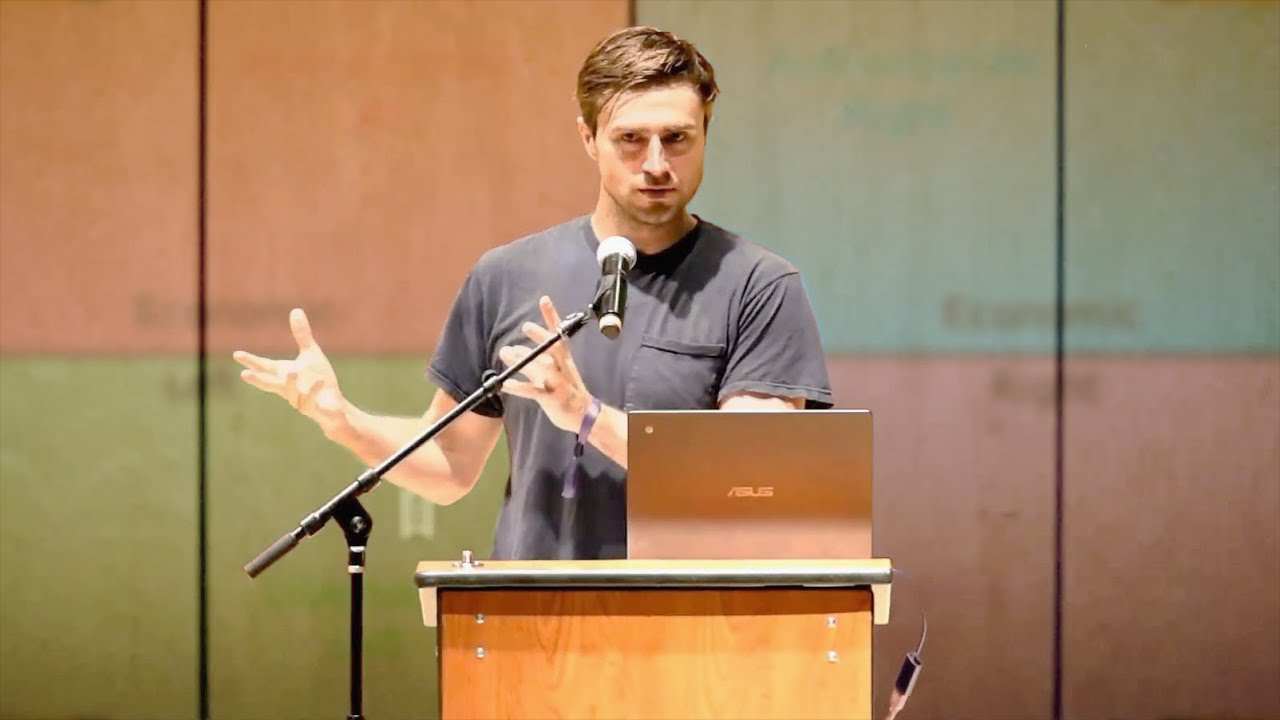
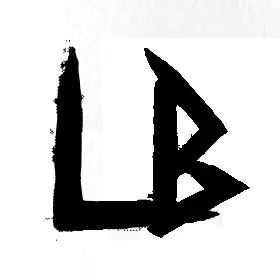


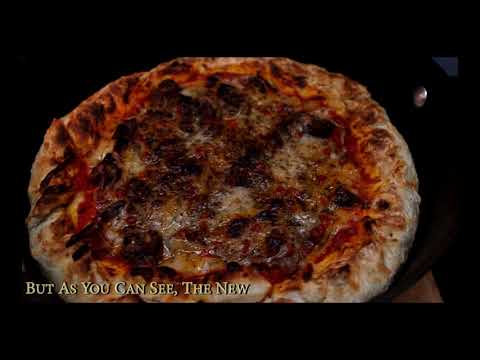
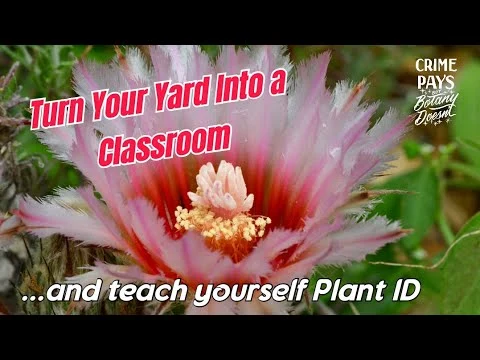



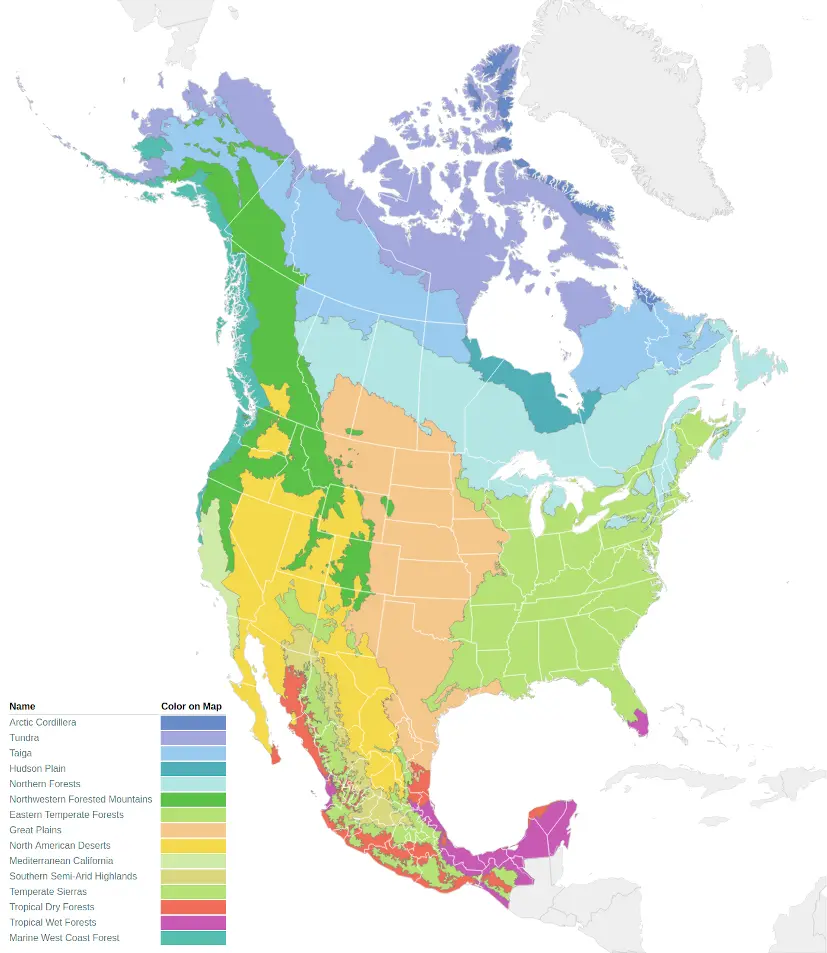


Do you mean the fun stuff like soy curls and doing lines of nooch? Mimicking the gluttonous delights of Thee Burger Dude?